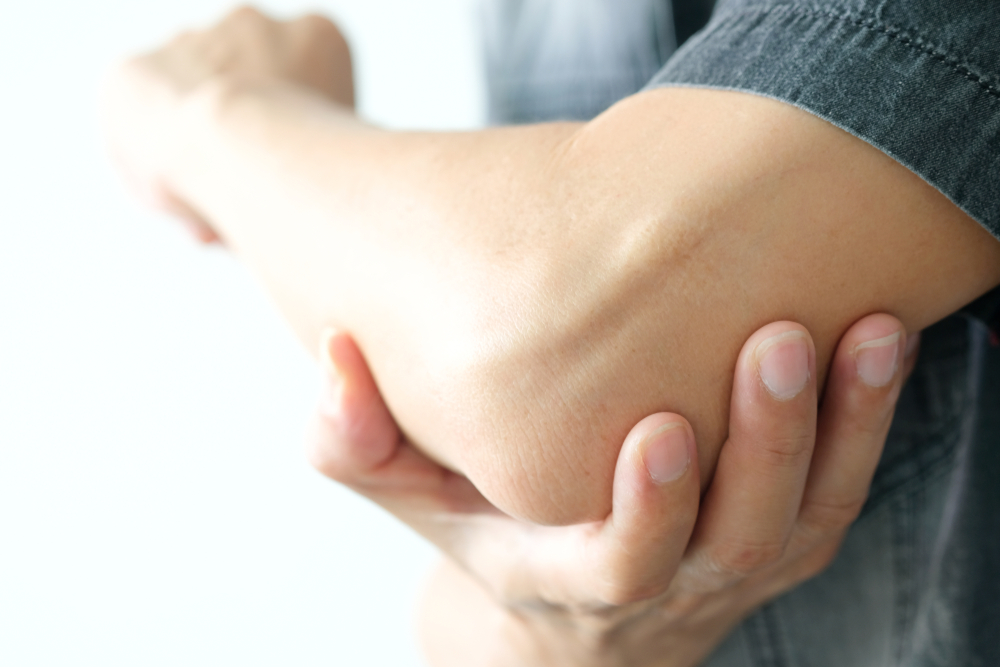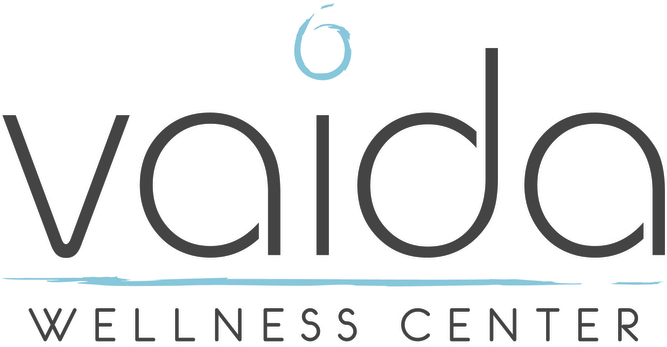
What is Lateral epicondylitis?
Lateral epicondylitis, more commonly known as tennis elbow, is swelling or tearing of the tendons that attach to the outside of your elbow (the bony bump). It is typically caused by repetitive motion of the forearm muscles.
Repetitive arm movements can fatigue those muscles. As your muscles get tired, the tendon takes on more of the load. This overloading can cause inflammation and pain, known as tendinitis.
Who does Tennis elbow affect?
Anyone who regularly performs repetitive activities and vigorously uses the forearms, wrists, or hands can get tennis elbow. Your dominant arm is most often affected; however, both arms can be affected. Tennis elbow can affect recreational and professional:
- Baseball and softball players
- Bowlers
- Fencers
- Golfers
- Tennis, squash, pickleball, and racquetball players
People who work in certain professions are also more prone to tennis elbow:
- Assembly line workers and auto mechanics
- Butchers and chefs
- Carpenters, cleaners, painters and plumbers
- Dentists
- Gardeners and landscapers
- Manicurists
- Musicians
Symptoms of Lateral epicondylitis
Symptoms of lateral epicondylitis usually develop over time, starting mild and slowly worsening over weeks and months. Some common symptoms of tennis elbow include:
- Burning or pain of the outer elbow area that travels to the wrist (these sensations may get worse at night).
- Numb or tingling sensation in the outer elbow region
- Pain when twisting or bending your arm (for instance, to turn a doorknob or open a jar).
- Stiffness or pain when extending your arm.
- Swollen elbow joint that’s tender to the touch.
- Weakened grip
- Difficulty picking up or holding objects
Diagnosis of Lateral Epicondylitis
During a physical exam, a doctor may ask you to rest your affected arm on a table, with your palm facing up, while the clinician bends the wrist against resistance. If you have lateral epicondylitis, you will likely feel pain at the elbow upon bending.
Diagnostic testing, such as X-rays and magnetic resonance imaging (MRI) scans, may be necessary to rule out other diagnoses, like arthritis (i.e., inflammation of the elbow joint) or herniated disks in the cervical spine, as these conditions can also involve radiating pain from the elbow. An electromyography (EMG) can be used to rule out nerve compression around the elbow, which could cause symptoms similar to lateral epicondylitis.
Treatments for Tennis Elbow
Tennis elbow is treated by giving the affected arm, or arms, adequate rest, which often requires decreasing participation in the activity that caused the overuse. Conservative treatments may include taking anti-inflammatory fish oil supplements, magnesium glycinate for muscle relaxation and ice massage. A customizable elbow brace is recommended to reduce the pull of those little forearm muscles and alleviate pain. Additionally, physical therapy may be suggested to strengthen the muscles of the forearm. Cortisone injections might also be a course of action to help relieve symptoms if conservative measures have failed to resolve the issue.
How Chiropractic Care Can Help You If You Are Experiencing Tennis Elbow
At Vaida Wellness, Dr. Lydia and Dr. Rachael are trained in the Graston Technique (GT), which is a soft tissue treatment that can help speed up the healing of tennis elbow.
Treatment involves using specially designed tools to glide along the skin near the surface of an injury. It is typically painless when used by a trained provider.
Using the Graston Technique to treat tennis elbow increases local blood flow to local tissues, aiding in rebuilding damaged tendons and connective tissue. Tennis elbow is a great candidate for this treatment because the damaged tendons lie close to the surface of the skin.
We also highly recommend getting your elbows adjusted (yes, that is a thing ) and trying kinesiotape to give you gentle support and to take pressure off the lymphatic system to allow irritated/inflamed tissue to heal.
Call us if you would like to be evaluated for tennis elbow. For general chiropractic appointments, call or use our convenient online scheduler.
